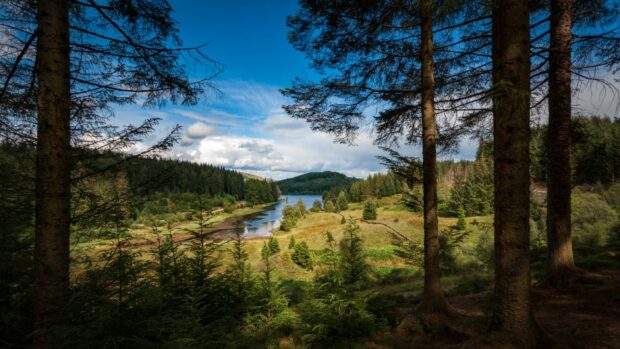The value of the UK forestry investment market increased by almost a quarter last year with Scottish transactions accounting for 85% of all sales, claims a new report.
Analysis by land agency Savills, published in its annual forestry market report, shows the total value of the UK forestry investment market increased by 23% to £262.7 million in the 2021 forestry year – this covers the 12 months to September 30, 2021.
The report also found that the average gross value for forestry sales was up 39% to average just over £15,000 per hectare during the year, however the average value of productive conifer forestry increased by 61% to £23,720 per hectare.
Sales in the north of Scotland accounted for 32% of total UK market share at 5,692 hectares sold to an average value of £10,261 per productive hectare.
Central Scotland sales equated to 33% of all sales with 5,807 hectares sold to an average value of £23,476 per per productive hectare, while southern Scotland accounted for 20% of the UK market with 3,556 hectares selling to an average value of £29,163 a hectare.
Sales in England and Wales accounted for 15% of the market with average values of £29,985 paid per productive hectare.
The report said strong overall growth in the market was driven by the high quality of some of the forestry assets sold during the year, and there was a notable widening in the range of prices paid for forests.
“The relationship between the productivity of a forest, or the ability to improve that productivity over time and the price paid is very apparent, especially for what are considered ‘best in class’ assets,” said James Adamson, head of UK forestry investment at Savills.
“These tend to be large scale, high yield class forests in areas of competitive timber marketing.
“Growth in values has not been even across the UK, and the individual attributes of a property must be considered in each instance.”
He said the report found the gap between gross value and the value of the productive area of the forest had widened to 55%, compared to an average difference of 34% in the past 10 years.
This was driven by very strong unit pricing for conifer stands, especially for mid-rotation timber as the demand for low-carbon homes and timber use in construct is expected to grow in the next 20 years.

